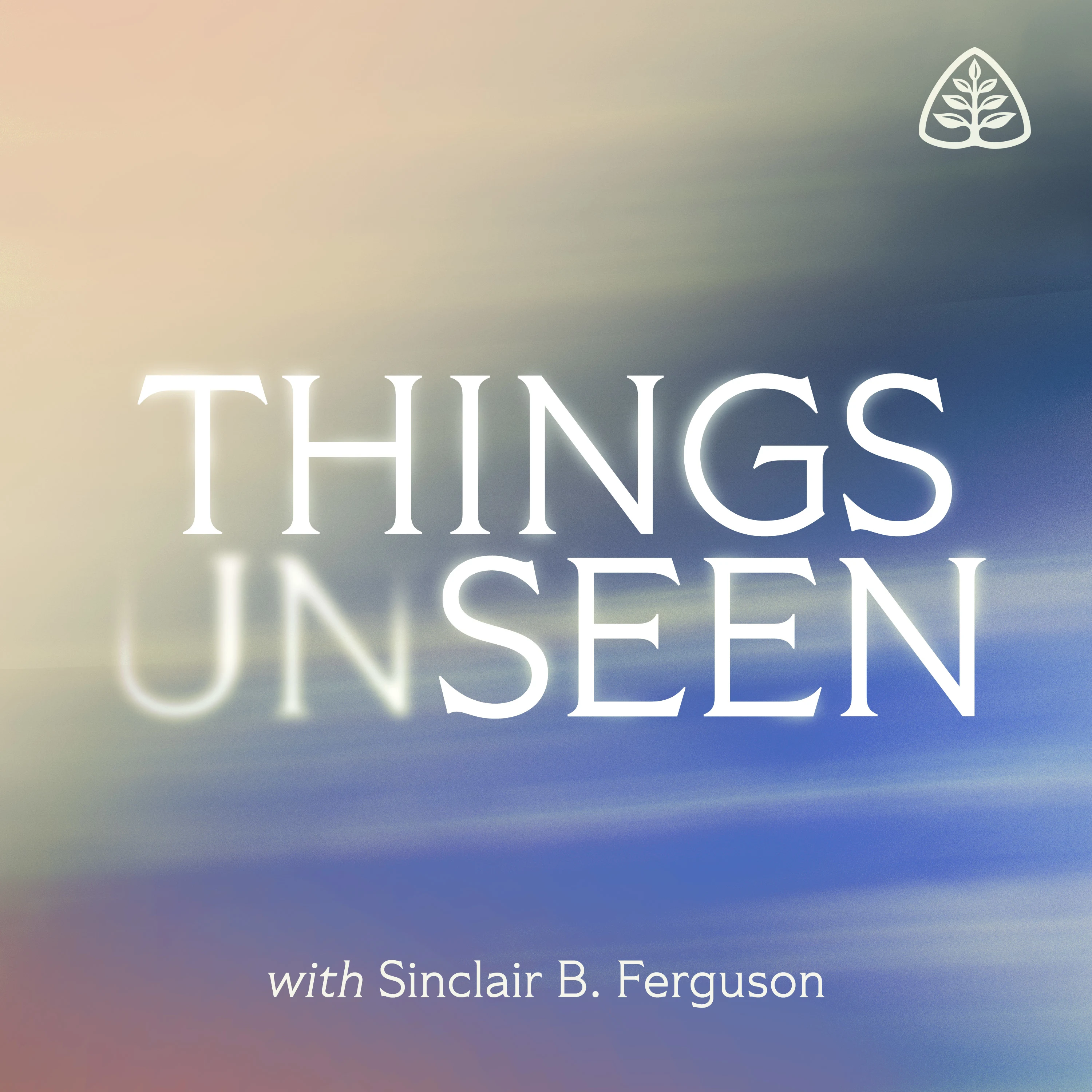The Promised Covenant of Grace

After Adam sinned in the garden, God made a promise of salvation that would shape the course of history and require the greatest sacrifice ever made. Today, Sinclair Ferguson examines the first promise of the covenant of grace.
Welcome to another week on Things Unseen. Earlier in the year, we spent a week thinking about the way Genesis 3:15 is like a spine that holds the whole book of the Bible together. Or perhaps we could say it’s like a seed from which a massive tree eventually grows. And I want to develop that idea this week in a slightly different way.
We often look back to Genesis 3:15—God’s promise that there would be ongoing hostility between the seed of Eve and the seed of the serpent until eventually the seed of Eve, Jesus Christ, would crush the head of the serpent, although having His own heel crushed in the process—and we call that the first announcement of the gospel, the protoevangelion. But you probably know that theologians and Bible students through the ages have also looked back to Genesis 3:15 as expressing a new covenant that God was making.
Although it isn’t explicitly stated, except perhaps in a single reference in Hosea 6:7, it seems clear that God’s original relationship with Adam and Eve was covenantal—that is, it involved a bond made by God with them, in which He promised the rich blessings of life and fellowship with Him as they lived in harmony with Him but, inevitably, profound loss and alienation and death if they turned against His purposes. And what Hosea 6:7 says about God’s people is that like Adam, they transgressed the covenant.
So, in His wonderful love, God made a first covenant in which He promised life. But that covenant has been broken. And as Paul says in Romans 5, sin and death have come into the world, and come in turn to each of us. But rather than leave the world in that condition, God gave another promise. He made a new covenant that would later be sealed in the blood of the seed of the woman, our Lord Jesus.
I think I’ve mentioned before that when we think of Genesis 3:15, we can echo the words of the mathematician philosopher Alfred North Whitehead, who said that the history of Western philosophy can be summarized as a series of footnotes to Plato. And similarly, we can say that the story of the Bible can be summarized as a series of footnotes to Genesis 3:15. And that becomes all the clearer when we see that embedded in the curse on the serpent is a promise of our deliverance and salvation. So that verse, Genesis 3:15, embodies what we sometimes call the covenant of grace.
Some Christians argue that actually there’s a whole series of different covenants, not just one covenant of grace, but I don’t think this is really an either-or situation, is it? It’s really both-and because, in one way or another, every covenant God makes that’s related to His purposes of salvation is simply a further outworking of Genesis 3:15. There’s progressive revelation here, and there’s also cumulative revelation so that by the end of the Bible, the serpent has grown into a great dragon and the seed of the woman is the incarnate Son of God.
So, what can we learn from this new covenant in Eden? Well, surely the first thing is that God is taking matters into His own hands. The plan is His; the promise is His. The content of the promise is about Him, and the outworking of it is His. That is, it’s a covenant entirely of sovereign grace.
But second, in addition to that, the salvation that’s in view is described, first of all, in terms of the defeat of our enemy—and we mustn’t lose sight of this. The conflict of Genesis 3:15 is between the serpent and his seed and the seed of the woman, who is ultimately our Lord Jesus Christ. And that conflict is one of the major themes of the gospels. If you read them remembering that Jesus has come to defeat God’s enemy and ours, I think you’ll notice in a new way just how much of our Lord’s ministry involves conflict with opposition. The Apostle John sums this up in 1 John 3:8: “The reason the Son of God appeared was to destroy the works of the devil.”
And there’s something more isn’t there? There’s a hint not only that there’s going to be conflict but that sacrifice will be necessary. The crushing of the heel of the seed of the woman will be the means of His victory over the serpent. Reading the Bible and seeing how it points to the Lord Jesus is, in some ways, simply a matter of keeping your eye on how this first promise of the covenant of grace unfolds. And there is something here that’s really worth thinking about: this is God’s longest standing promise, but more than that, it’s also the promise that required the greatest sacrifice ever made. And the marvel is that He’s kept the promise. And we’ll think more about that tomorrow, and I hope you’ll join us on Things Unseen then.
Recent Episodes
Looking Back on the Year
December 24, 2025|Thankfulness
Making Christmas Last
December 23, 2025|The Person of Christ
Coming Face-to-Face with Christ
December 22, 2025|The Person of Christ
Should We Celebrate Christmas?
December 19, 2025|Life Issues
The Savior’s Lowly Birth
December 18, 2025|The Person of Christ
A Friend Who Sticks Closer
December 17, 2025|Life Issues
